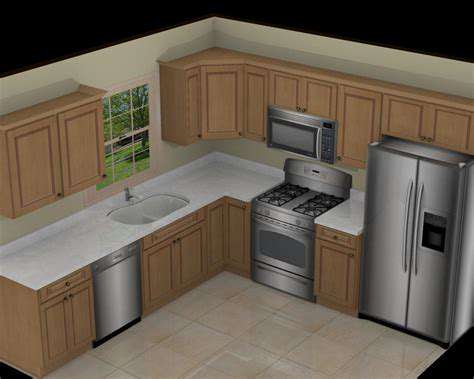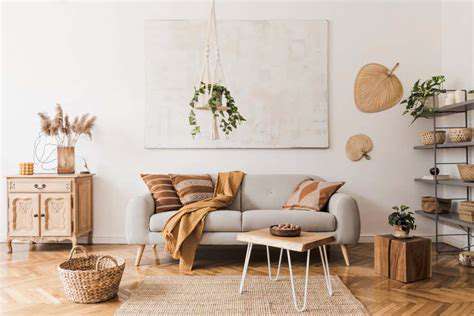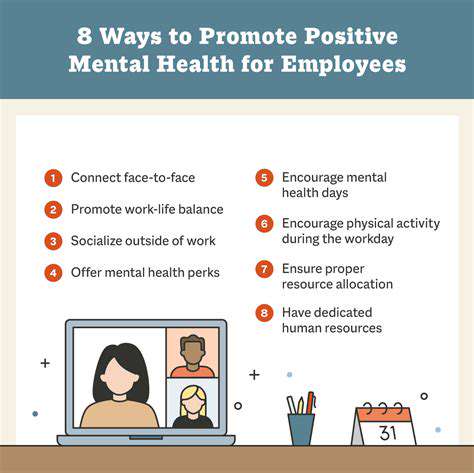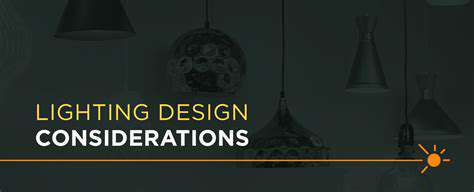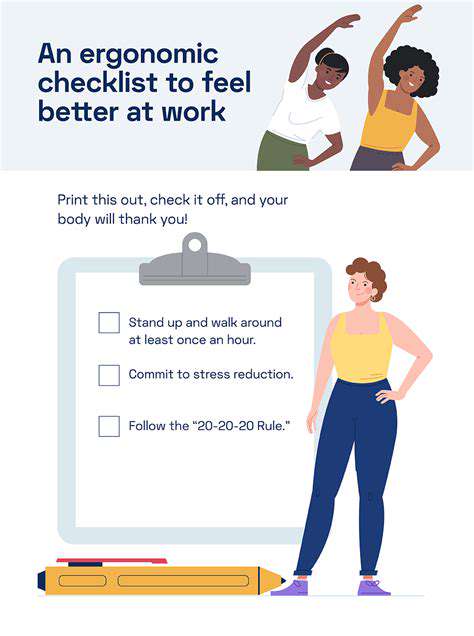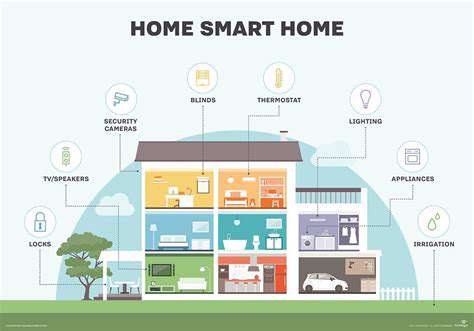How to Create a Versatile Study Area That Supports Both Work and Relaxation
Understanding Your Study Habits
Creating a study space that truly works requires deep self-reflection. Ask yourself: Do I thrive in pin-drop silence or with ambient café sounds? Visual learners often need expansive surfaces for mind maps, while auditory types benefit from noise-canceling headphones. Your ideal environment should mirror how your brain processes information most effectively.
Track your natural rhythms over a week. Notice when your concentration peaks and when you crave movement. Some minds work best in 90-minute sprints with 20-minute breaks, while others prefer marathon sessions. Design your space to accommodate these biological patterns rather than fighting against them.
Prioritizing Essential Resources
Conduct a resource audit before designing your space. Which physical books must remain within arm's reach versus digital alternatives? The Pareto Principle applies here - you likely use 20% of your supplies 80% of the time. These high-frequency items deserve prime real estate.
Consider vertical storage solutions like pegboards for frequently used items. Magnetic strips can hold metal supplies, while clear acrylic drawers provide visibility without clutter. For digital natives, cable management systems prevent the dreaded spaghetti junction under desks.
Assessing Your Available Space
Become a daylight detective. Track how sunlight moves through your potential study area across different times of day. North-facing windows provide consistent indirect light, while southern exposures may require adjustable blinds. Don't overlook artificial lighting - a combination of overhead, task, and ambient lighting creates the most flexible illumination.
Determining Your Budget and Style
Adopt a buy once, cry once mentality for foundational pieces. Invest in one exceptional chair that supports your spine rather than five cheap ones that cause pain. For decorative elements, thrift stores often hold unique treasures that add personality without breaking the bank.
Create a mood board before purchasing anything. Notice which colors and textures consistently draw your eye. Cool tones (blues, greens) promote concentration, while warm hues (reds, yellows) stimulate creativity - choose based on your primary study activities.
Incorporating Flexibility and Adaptability
Design for transformation. A simple folding room divider can instantly convert a collaborative space into a private focus zone. Consider mobile furniture like wheeled carts for supplies that serve multiple purposes throughout your home.
Implement zoning strategies. Use rugs, lighting, or furniture arrangements to create distinct areas for different modes - a standing desk for active work, a cozy chair for reading, and a clear table for creative brainstorming.
Optimizing for Focus and Productivity: Ergonomics and Layout
Ergonomic Considerations for a Productive Workspace
Ergonomic alignment isn't just about comfort - it directly impacts cognitive performance. Your elbows should form a perfect 90-degree angle when typing, with wrists floating slightly above the keyboard. Monitor height deserves special attention - the top bezel should sit at or slightly below eye level to prevent tech neck.
Don't neglect your feet. If they don't rest flat on the floor, use a footrest. This simple addition can reduce lower back pressure by up to 40% during long study sessions.
Layout Strategies to Maximize Focus and Efficiency
Adopt the triangle rule for essential items. Position your most-used tools within an imaginary triangle connecting your dominant hand, non-dominant hand, and eye line. This creates an efficient workflow without excessive reaching or twisting.
Implement the one-touch rule for paper management. Handle each document only once - immediately file, act on, or discard it. This prevents the accumulation of decision-fatiguing clutter.
Incorporating Relaxation and Wellbeing: Mood Boosting Elements

Prioritizing Self-Care
Micro-breaks are the secret weapon of sustained productivity. The 20-20-20 rule (every 20 minutes, look at something 20 feet away for 20 seconds) reduces digital eye strain while providing mental reset opportunities.
Mindfulness and Meditation
Create a focus anchor in your space - a small object (smooth stone, miniature plant) to tactilely ground you during stressful moments. This physical touchpoint can interrupt spiraling thoughts and bring you back to the present task.
Integrating Technology and Aesthetics: Enhancing the Experience
Balancing Form and Function
Use the Grandma Test for technology integration. If your technophobic grandmother couldn't intuitively use your setup within 30 seconds, simplify it. The most effective study tech enhances without distracting.
Maintaining a Balanced Environment: Integrating Breaks and Flexibility

Importance of Biodiversity
Apply ecological principles to your study environment. Just as ecosystems thrive on diversity, your workspace benefits from varied textures, heights, and sensory inputs. A wood desk, metal lamp, and fabric chair create more visual interest than matching office furniture.
Read more about How to Create a Versatile Study Area That Supports Both Work and Relaxation
Hot Recommendations
- Trendy Kitchen Interiors: Open Concepts and Smart Storage Solutions
- Expert Multi Functional Room Ideas for Combining Entertainment with Fitness
- Modern Home Office Inspirations for a Study That Merges Work and Leisure
- Modern Bathroom Design Ideas for Optimizing Small Spaces and Safety
- Expert Strategies for a Children's Room That Inspires Growth and Imagination
- Modern Bathroom Inspirations for a Space That Prioritizes Safety and Efficiency
- Creative Multi Functional Space Ideas for a Room That Combines Gym and Media
- Modern Techniques for a Multi Purpose Room That Enhances Home Entertainment and Fitness
- Expert Guide to Balancing Modern Art and Functional Living Room Layouts
- Expert Tips for a Children's Room That Balances Play, Learning, and Security




